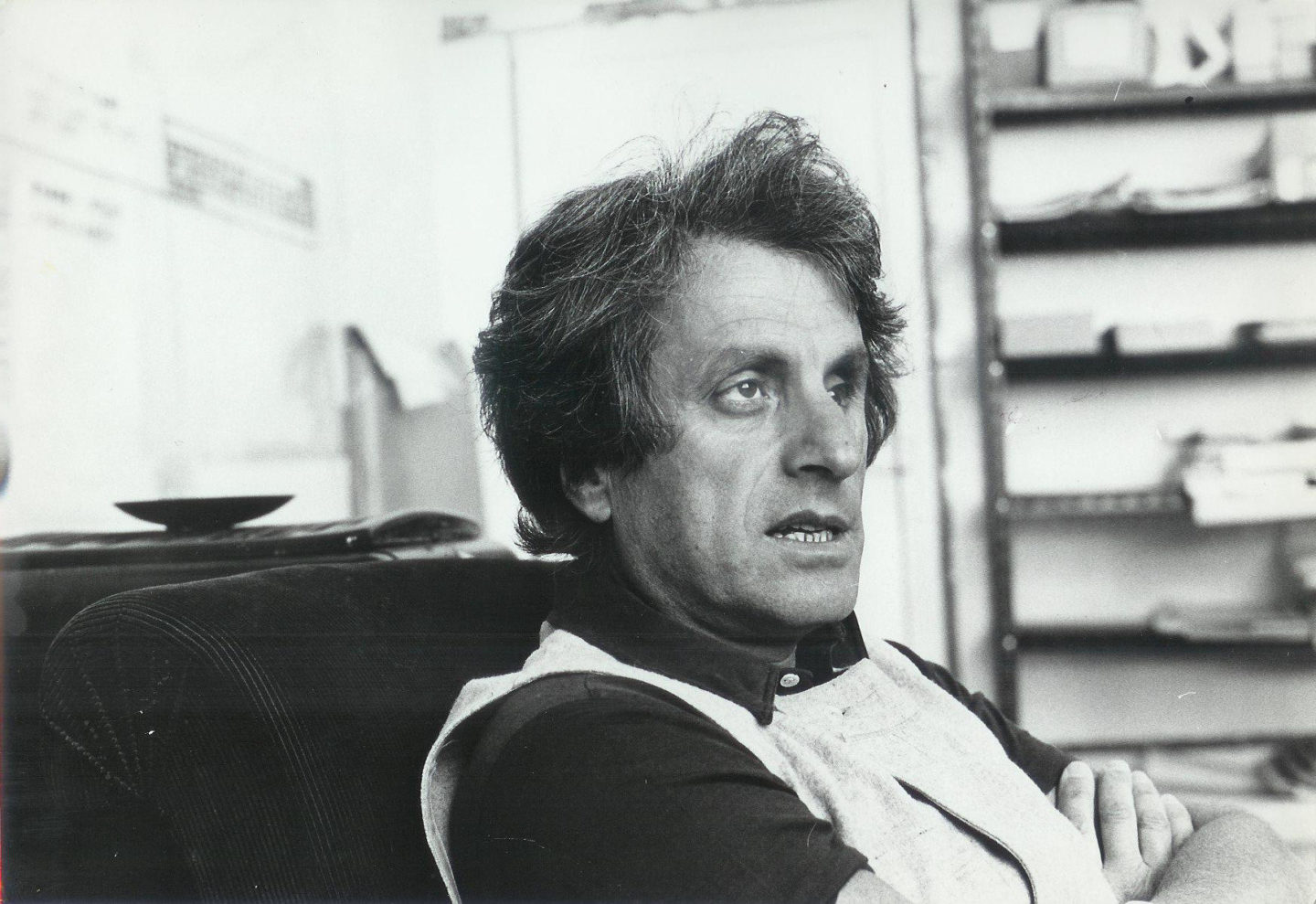Sounds of space and time

Text: Jaani Länsiö
In 1944, Iannis Xenakis lay buried by crushed bricks, half-blinded and broken-jawed, in the ruins of a bombed building in Athens. Following his miraculous survival, Xenakis managed to turn his trauma into inspiration, despite being scarred for life. A hail of bullets, riots and bombs; in them Xenakis heard music born out of mathematical laws of nature.
Only three years later, while working as an assistant to Le Corbusiér in Paris, he created the blueprints for previously unheard-of music, which brought the environment, architecture, visual effects, physicality and sounds together to create seamless, complementary works of art. These he called polytopes, derived from the Greek words poly (several) and topos (place).
Xenakis designed these polytopes specifically for certain halls, archaeological digs or conference centre lobbies. Empty echoing spaces became enormous instruments with abstract constructions, blinking lights and electronic music bouncing from wall to wall. If J. W. Goethe’s characterisation of architecture as frozen music is correct, Xenakis melted it to make it part of the environment again, as an experience. Today, this is done by the Australian Liza Lim with her installations.
It is impossible to discuss Xenakis’ works with the same concepts that we are used to in music. The themes feel formless, the melodies like rhythms. Once the music ends, the beginning of the work has vanished from the mind. Still, they are symmetrical feats of skill, polished in structure and architecture, in which shape and time move with mathematical precision, and yet unpredictably. Like certain buildings, Xenakis’ compositions rise up from the timeline of music history as towering monuments that are somehow still inseparable from their environment. Much like the inflexibly regular Eiffel Tower among sloped tile roofs or the Forbidden City in the embrace of shining skyscrapers.
“Musicians don’t play instruments but the room” is an old truth. By inviting the listener to vibrate with the same frequency as the music, constructions and buildings, Xenakis got to the heart of the saying perhaps more deeply than any other composer in the 20th century.
Jaani Länsiö is a journalist specialising in music. He enjoys concerts with all his senses.
Photo: The Friends of Xenakis (CC BY 2.5)
